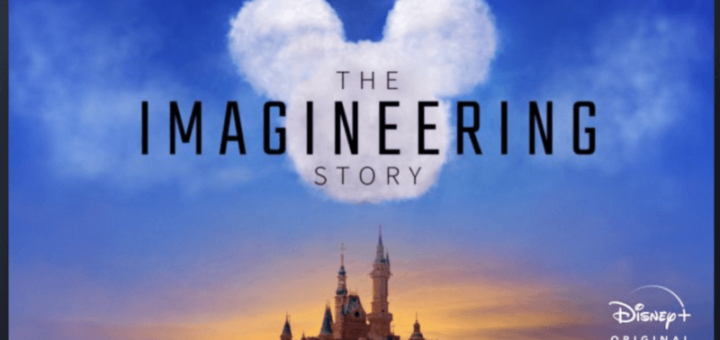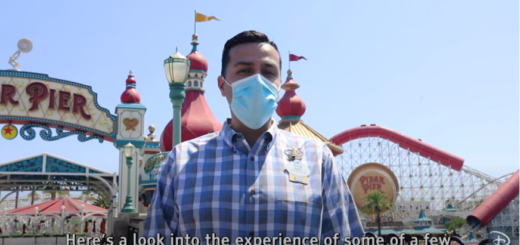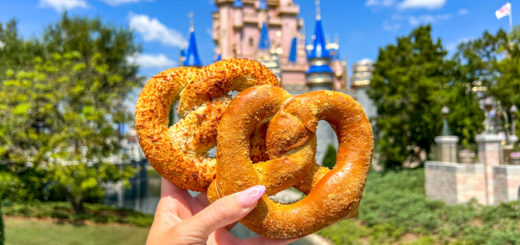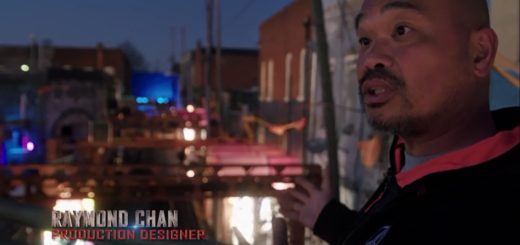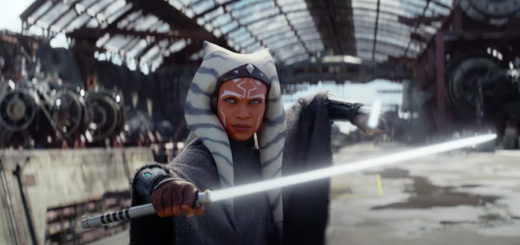The Imagineering Story: Hit Or Miss Review
At the end of the third episode of The Imagineering Story, Disney suffered a heartbreaking loss. Frank Wells, the President and Chief Operating Officer, worked in tandem with Michael Eisner, the Chairman and Chief Executive Officer (CEO), during the company’s redemptive years. The two men partnered from 1984 through 1994, leading Disney back to glory.
Episode four tells a different, more tragic story. It bluntly recounts the events that transpired in the wake of Wells’ death. While he may not have prevented them all, the ghost of Wells lurks behind the scenes in many of these stories, as Eisner suffers several misfires. In an episode entitled Hit Or Miss, The Imagineering Story covers the failures that marred the self-proclaimed Disney Decade.
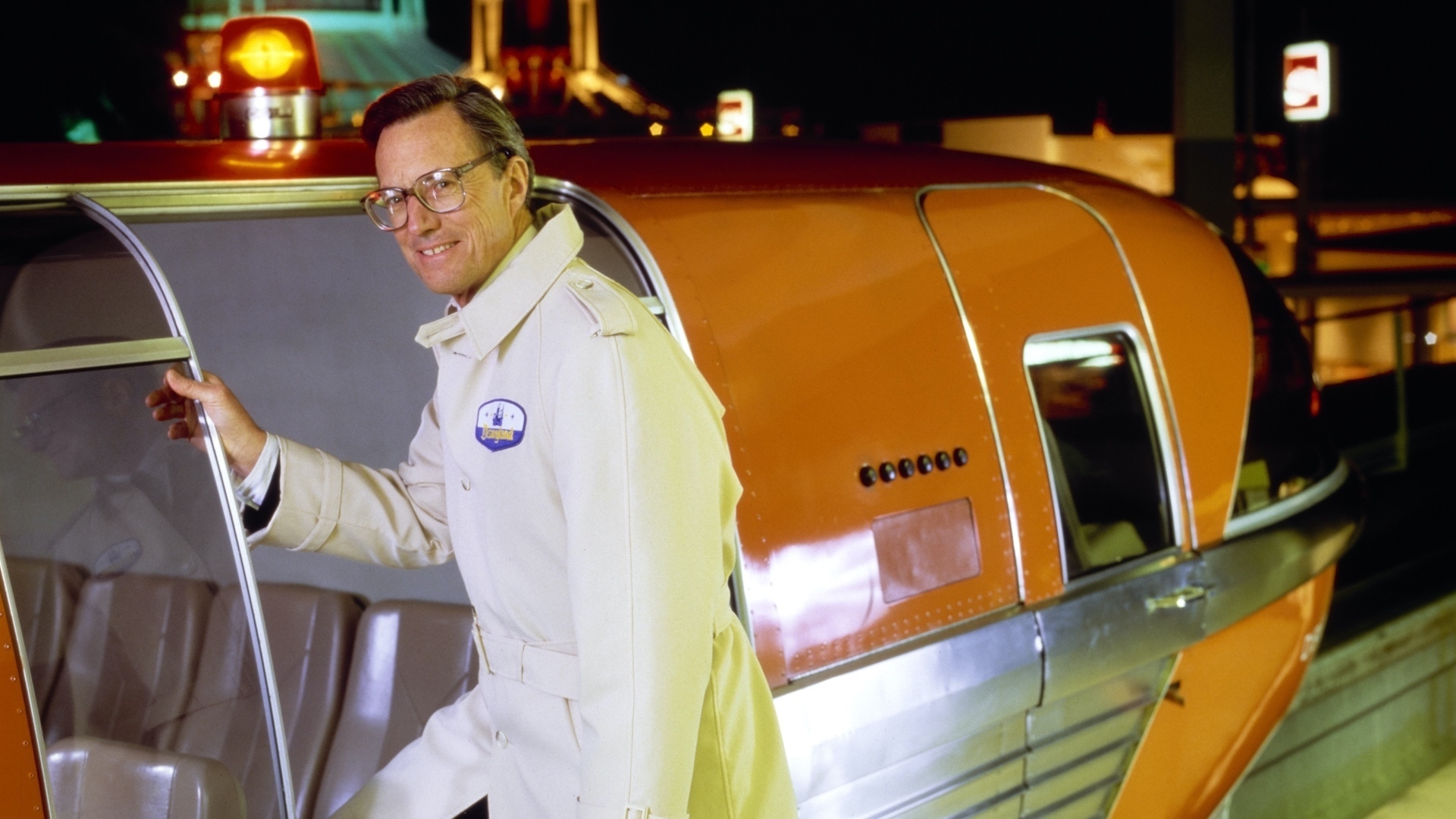
“Devotion to the Idea of Story”
Imagineer Joe Rohde, the most famous modern Disney employee, begins this episode with his thoughts on the creative process. He maintains that “devotion to the idea of story” matters the most but adds that it’s an uncontrollable dynamic at its core.
Rohde receives the spotlight early in the episode, as Disney’s Animal Kingdom comes into focus. Before the documentary explores its development, Imagineer Tom Morris sets the stage, though.
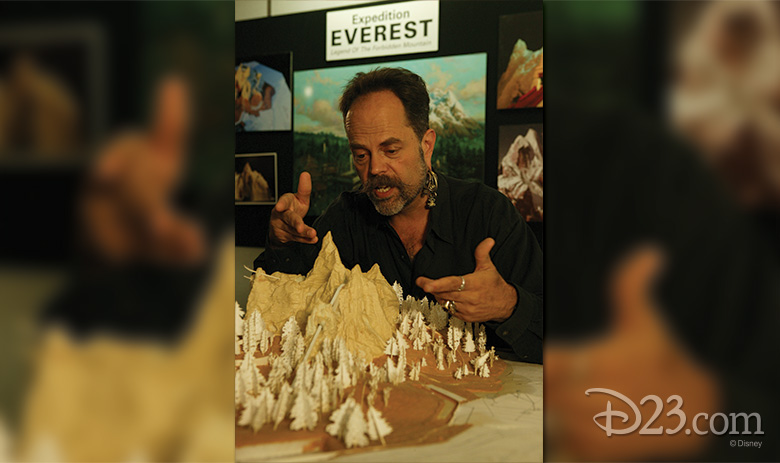

The former Creative Executive provides the chilling quote, “There was a time where we were encouraged to forget who we were.” Unimaginably, it will not be the most upsetting comment during the episode. However, it does reinforce the problem with the post-Wells era at Disney. Artistry took a backseat to commerce, primarily due to the company’s financial difficulties, many of which started at Disneyland Paris.
During this timeframe, Imagineers were out of the theme park business. Morris matter-of-factly recounts that their best hopes involved second gates at some existing parks. What did the creatives do instead?


In a quick montage, The Imagineering Story displays ESPN Zone and DisneyQuest as examples. Then, narrator Angela Bassett points out the Imagineering projects of import during this timeframe. Disney’s finest built…a baseball stadium. They also remodeled ABC’s Times Square Studios in New York City.
“Let’s Do It Right”
Desperate for new business models, Eisner assigned a team an unprecedented project. Imagineer Wing Chao recounts the process of building the world’s longest cruise ships. The team had a directive that if Disney were going to enter the cruise industry, they had to do it right.
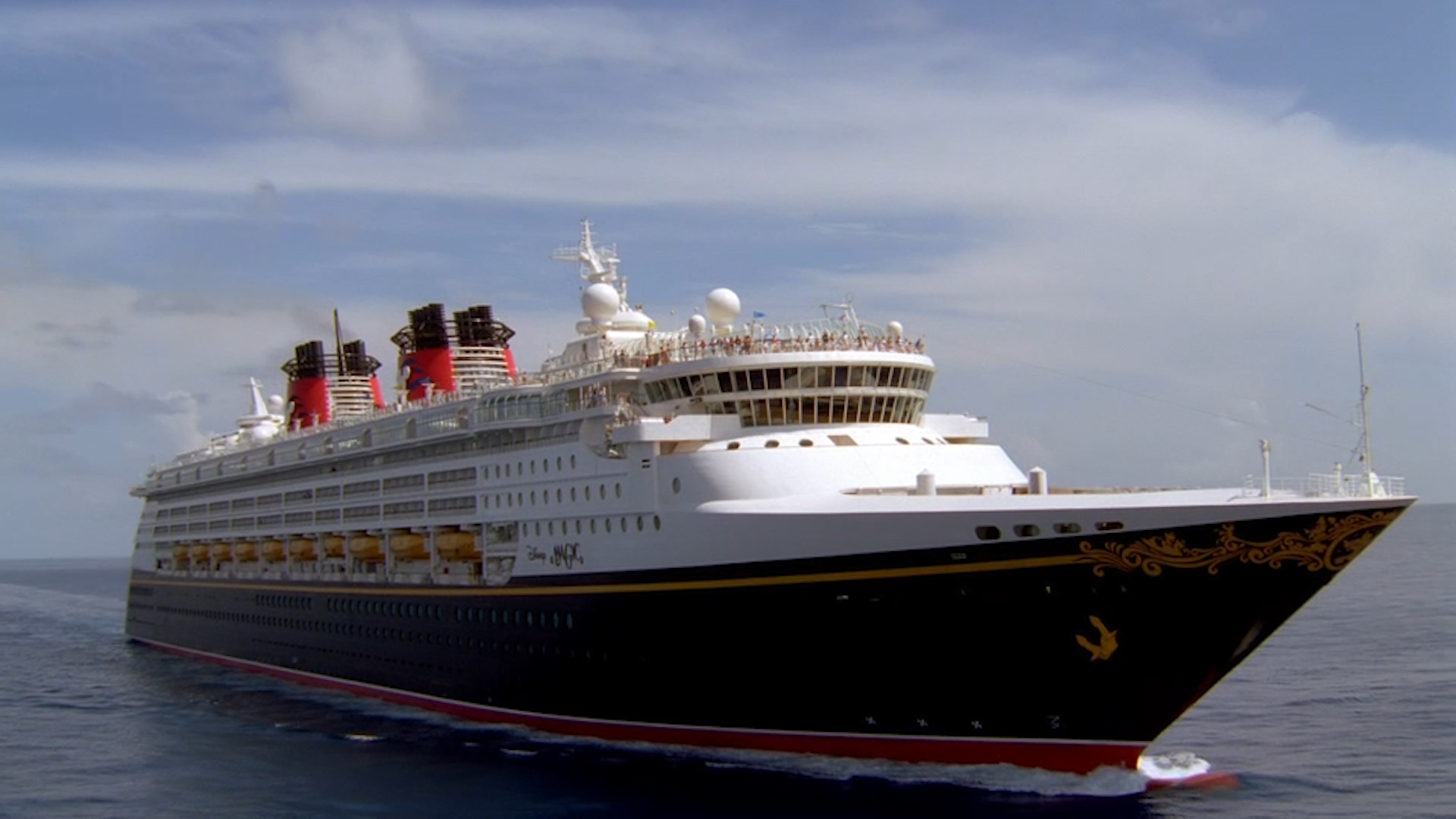

This segment captivates with its humorous look at failed proposals. Some architects went so far as to present Caribbean party boat themes, which sound like more of a Hedonism Cruise Line pitch.
Chao discusses the elaborate nature of constructing the Disney Magic cruise ship. The vessel possessed such length that Imagineers had to build it in two parts. Then, they welded the giant pieces together at the end. You can easily envision how stressful the welding process must have been, given that they had no wiggle room for adjustments.
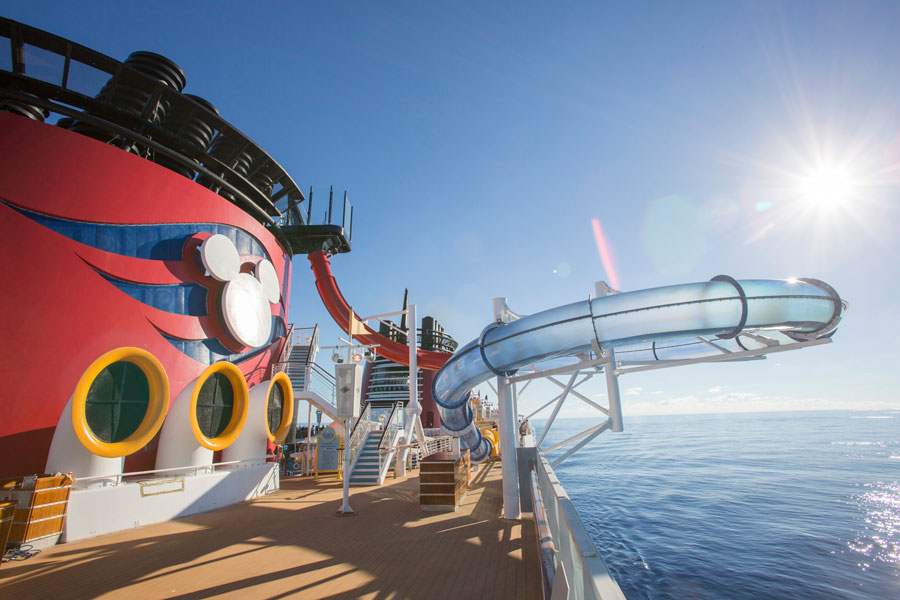

The video of this segment combines the structural feats with Kawaii pictures of children’s areas. Then, it reveals how fiber optics are integral to the Broadway-style theater on the cruise ship. It’s a fascinating segment that I wish were longer and more fully explored.
One subtle line at the end of this segment defines much of the episode. The cruise line became profitable on day one and has remained that way, with Disney dominating the family-friendly cruise industry. Many of the other projects in this episode simply drug the company down more financially.
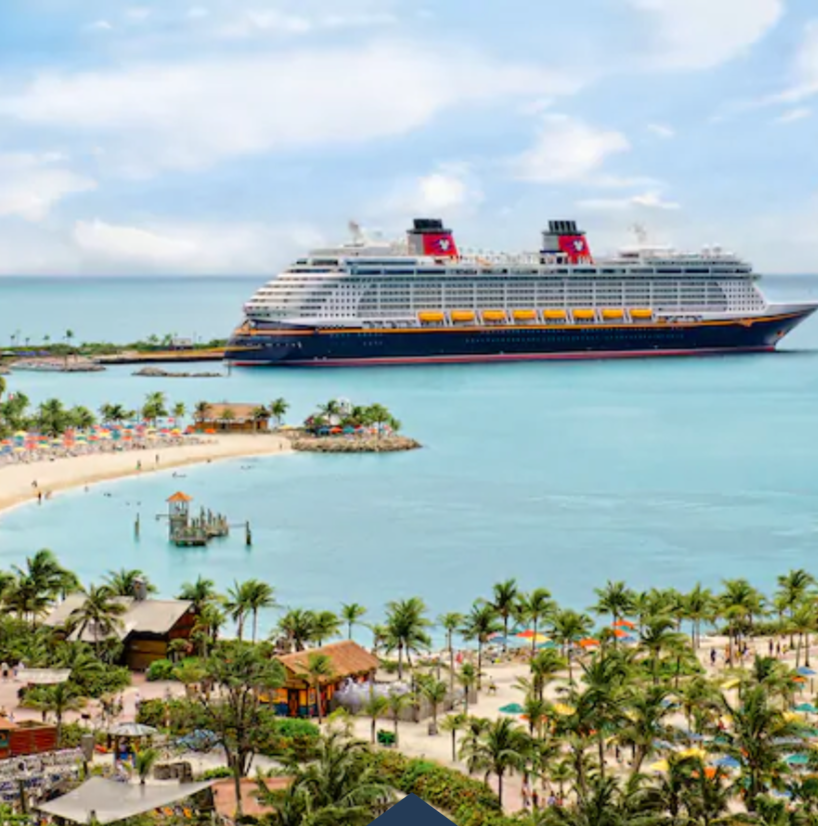
Disney’s America
Despite the proclamation that Disney was out of the theme park business, Eisner pitched a new place called Disney’s America. It would mirror Epcot by providing tons of infotainment-based attractions.
Blueprints and proposals for this project include fascinating remarks. One attraction would have been an elevated dark ride with a night scene similar to the London set from Peter Pan’s flight. Another would have a giant Circlevision Theatre similar to the one at The American Adventure at Epcot.
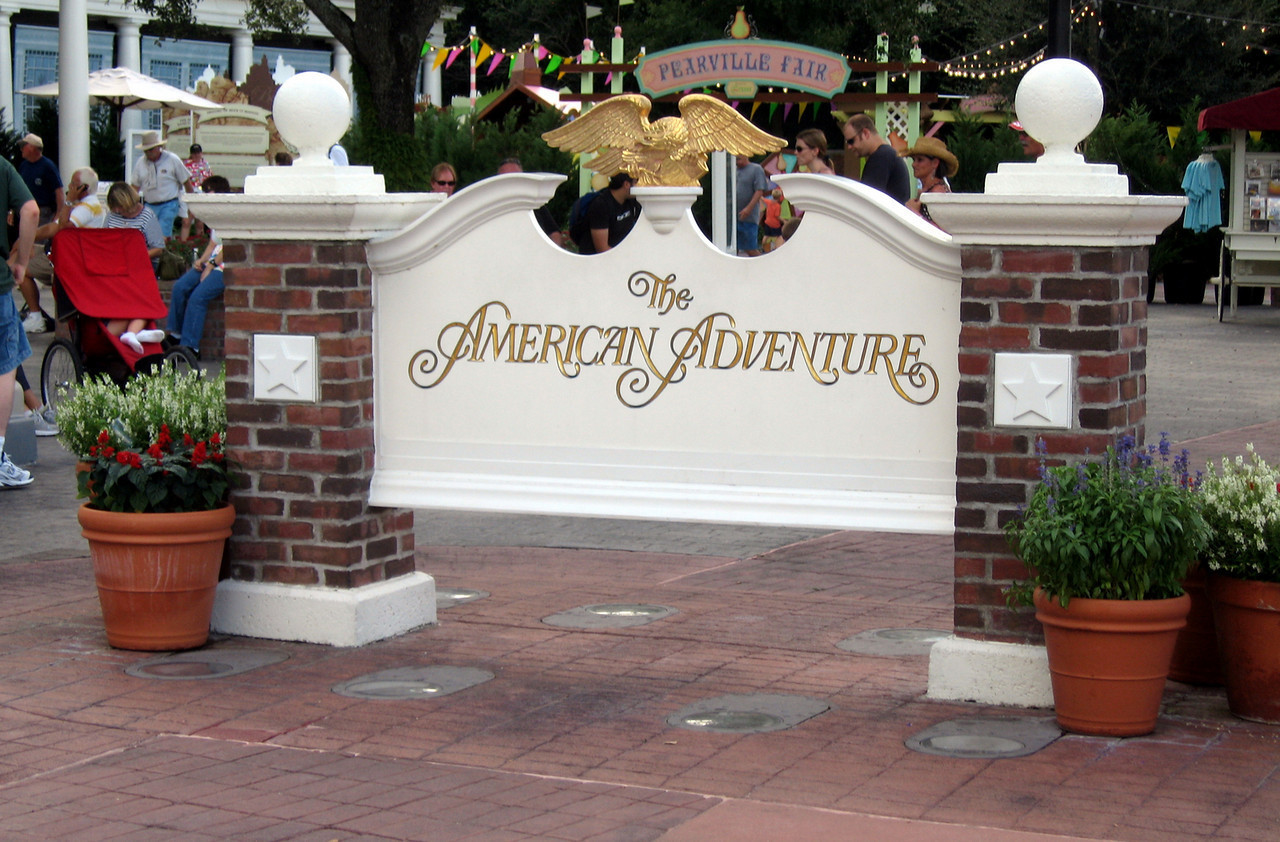

Here’s the problem with this idea. The American Adventure rarely has a wait to watch the movie. An entire theme park with this project never had a chance to sell tickets anyway. Still, the documentary reveals what Disney executives believe set them.
The company bought land near Washington, D.C. It resided five miles away from the Manassas National Battlefield Park. Disney viewed this as destiny, a beautiful tie-in of American greatness with historical significance.


Outside observers described it as heresy. The media created daily editorials and cartoons about the vulgarity of the idea.
In truth, the media firestorm saved Disney from a miscalculation.
The project would have cost the equivalent of $1 billion today, yet it’s difficult to envision a scenario where the company could have earned a profit.
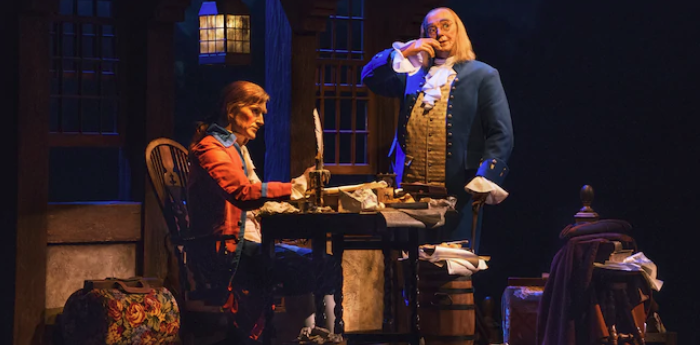
“An Arrogant Thing to Try to Do”
The triumph of the Disney Decade is unquestionably the development of Disney’s Animal Kingdom. Imagineers of the 1990s finally achieved something that Walt Disney had coveted back in 1955. He’d famously wanted real animals on the Jungle Cruise sets.
This part of the episode engages for a different reason. It counterbalances the pride that Imagineers have in their achievement with the negative media that the project faced in its earliest iteration.
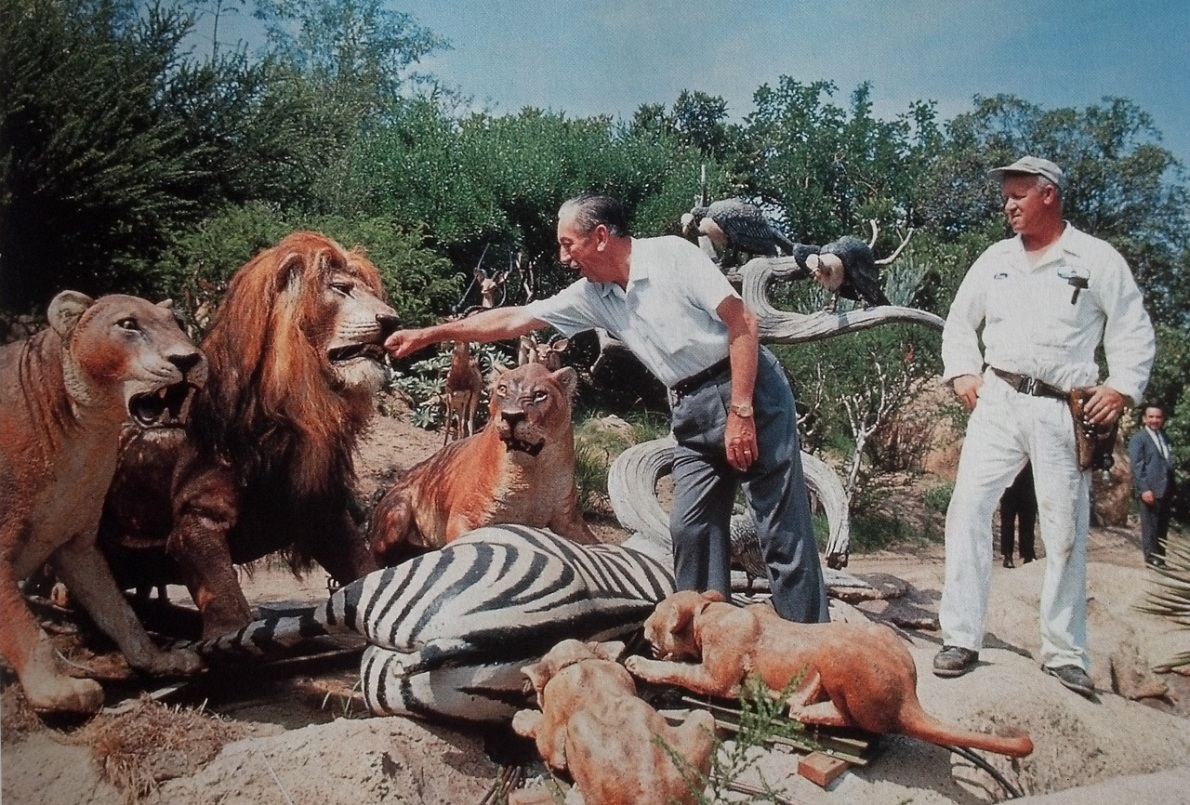

An attorney performs a televised interview in 1998 that calls out Disney for inadequate animal projection. Immediately afterward, legendary anthropologist Jane Goodall explains the nobility of Disney’s actions.
Director Leslie Iwerks mines Disney’s treasure trove for rare images and documents from the park’s planning phase. I paused several times to read all the legible documentation. I’ve gained a newfound appreciation for Animal Kingdom due to little touches like aperture size.


Imagineers shrank the gaps in its apertures to prevent unruly birds from flying into unwelcome locales. These little touches and demonstrations of attention to detail highlight Disney’s groundbreaking accomplishment at Animal Kingdom.
Later, Rohde explains the difficulties in retrieving antiquities for the park. Each one had to do more than look the part. It had to survive the Florida weather and inevitable touching of hundreds of daily theme park guests. Then, he describes the minutiae involved in roofing a single Animal Kingdom building to fit the overall theme.
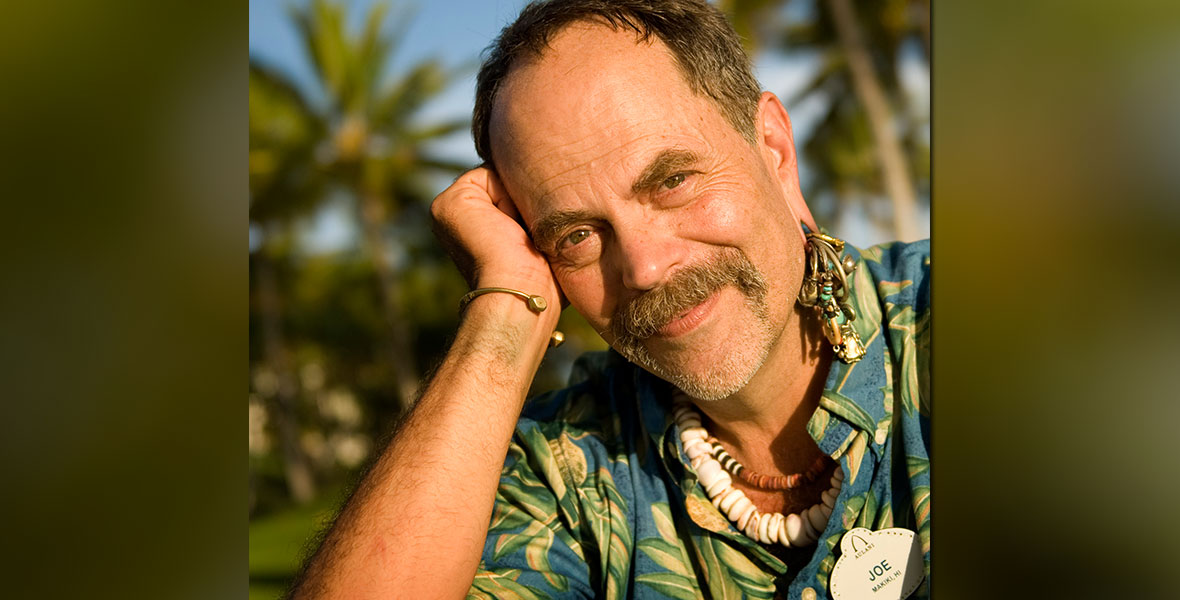

I feel like the development of this park could/should become the subject of an entire documentary short series of its own.
“Success Is Really About Many, Many Failures”
In the middle of the episode, Jon Snoddy delivers sage words about the nature of Imagineering. He states, “We plan to fail many, many times.” Then, he describes why failure is so instructive in guiding the path to later success.
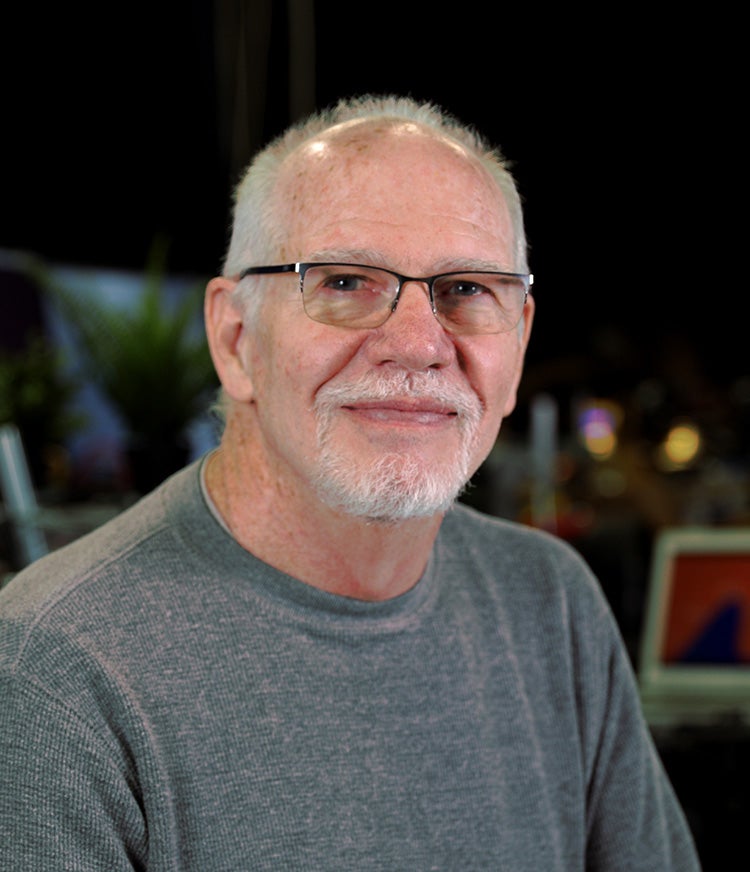

Photo: https://www.xprize.org/about/people/jon-snoddy
Iwerks deftly enhances his words with images of Imagineers performing testing. Attentive viewers will notice Rocket Rods ride carts in the middle of this conversation. However, the failed attraction merits no commentary. In a few seconds, early footage plays from testing for Kali River Rapids, Pooh’s Hunny Hunt, and Luigi’s Flyin’ Tires.
That’s a divisive attraction, one of the greatest rides ever, and a Cars Land bust. These clips prove the point that we can’t have successes without failures. I suspect that the rest of the episode cleverly relays the same message, as Hit Or Miss skews heavily toward the Miss side after one final Hit.
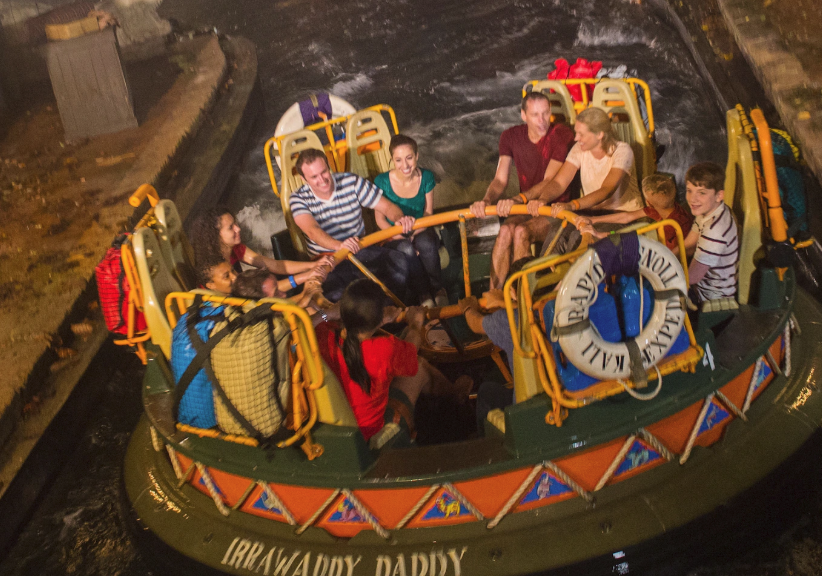
“A Blue Sky Weekend”
Ask any theme park analyst to name the top three parks. Virtually every list will include Tokyo DisneySea at Tokyo Disneyland. It’s one of the commercial wonders of the modern world.
This episode humorously reveals how a productive working weekend led to the creation of the themed land. Officials at the Oriental Land Company (OLC) wanted to license a second Disney themed land. They didn’t want a duplicate, though.
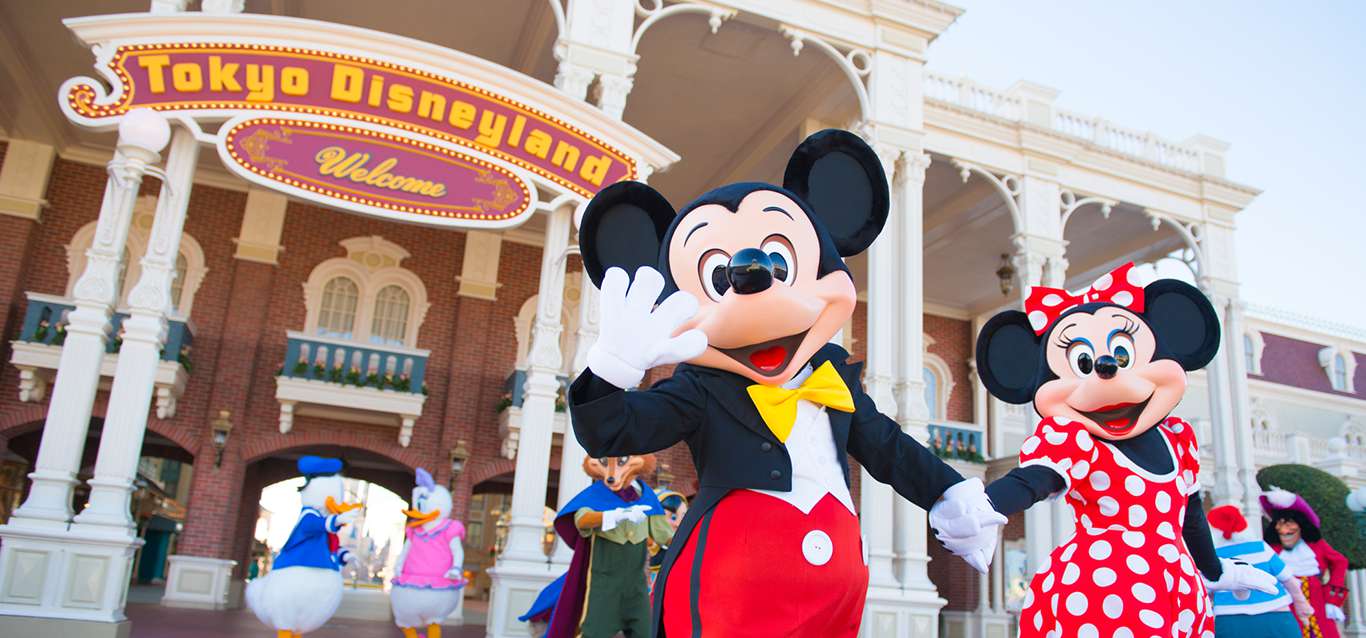

Imagineers pitched something that they feared would cost too much to build. After all, Tokyo Disneyland notoriously resides on former landfill space. To Disney’s surprise, OLC happily agreed and even asked for more plussing!
The visuals from this segment are breathtaking. The documentary delivers an unprecedented examination of development on arguably the most impressive theme park in history. Then, it takes a chilling turn as the first real villain debuts on The Imagineering Story.
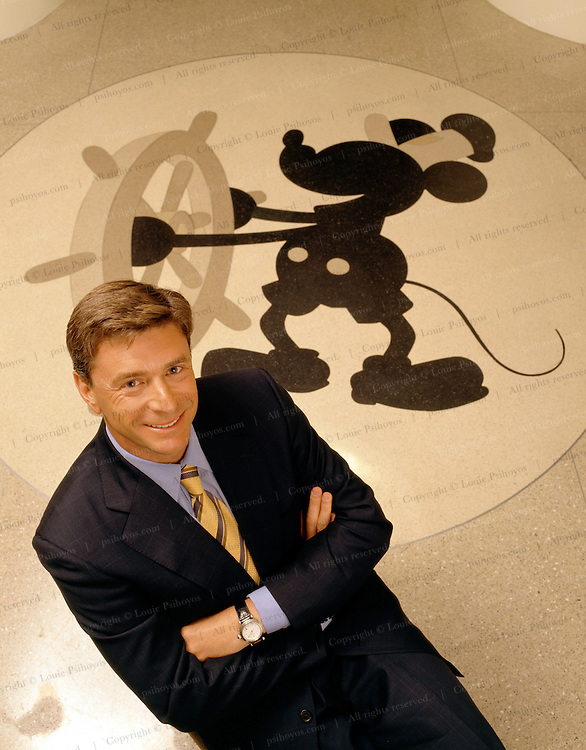

Photo: Louie Psihoyos
Paul Pressler is perhaps best-known for running The Gap into the ground when he was CEO. In the Disney documentary, he’s technically Chairman of Disney Parks & Resorts. But you can think of him as a piñata.
The Imagineering Story absolutely crucifies the man for obsessing on commerce at the expense of creativity. Pressler describes himself as “the Mayor of Anaheim” while discussing his Disney legacy. If the Imagineers had voted on that title, I’m pretty sure he would have won Village Idiot instead.
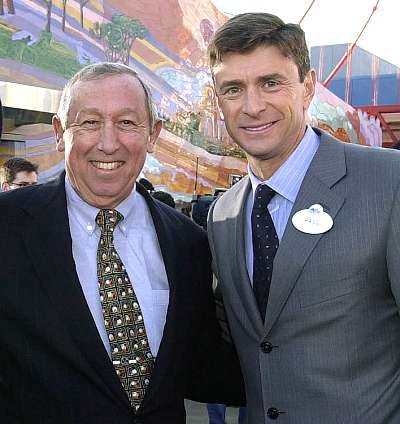
“I Have Several Disappointments”
Disney wanted to introduce a second gate at Disneyland to reduce traffic at that park while increasing revenue. The next section brutally balances the park that might have been, Tony Baxter’s WestCOT, against the one we got, Disney California Adventure. This is cringe-worthy television.
Baxter proudly relays information about his park, the West Coast version of Epcot. The project illustrations for this plan are awe-inspiring. Then, Pressler explains why he prioritized money over art. Next, he chronicles the thought process behind Disney California Adventure (DCA).
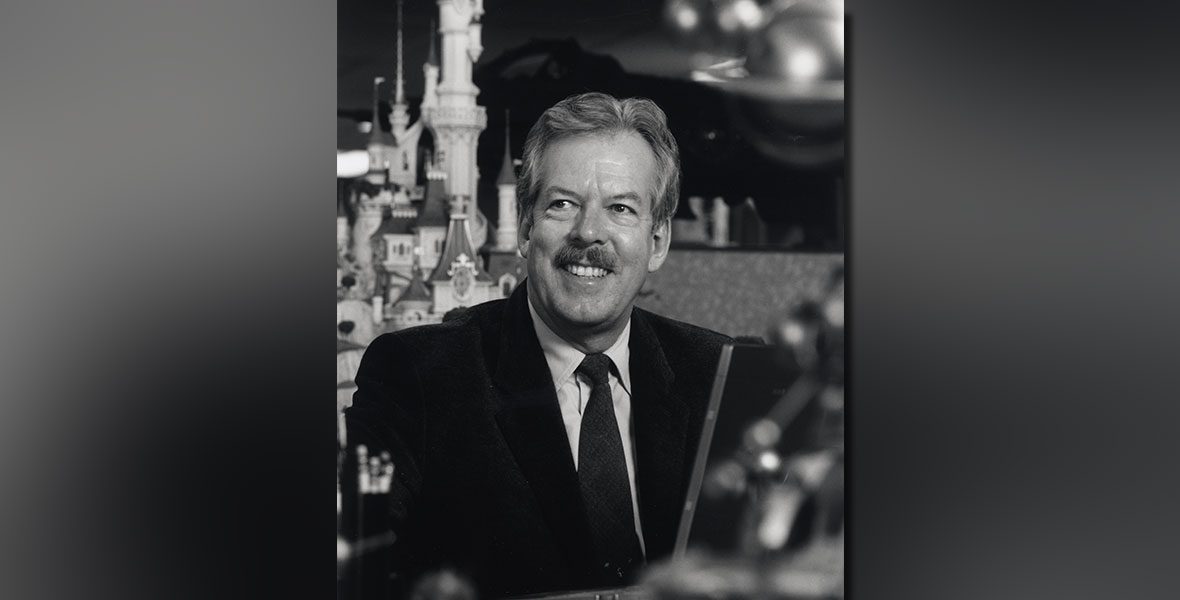

Now, the DCA of today qualifies as a quality theme park gate. The one back in 2001 really, really did not. The Imagineering Story mercilessly enumerates the many, many terrible ideas involved in the development of DCA. The documentary rightfully pays special attention to Superstar Limo, Disney’s worst ride ever.
Thankfully, the savage takedown of DCA doesn’t cause The Imagineering Story to overlook the one opening day masterpiece. A delightful examination of the development of Soarin’ Over California functions as a palate cleanser between Pressler-related atrocities. The episode even reveals Mark Sumner’s home DIY version of the ride!
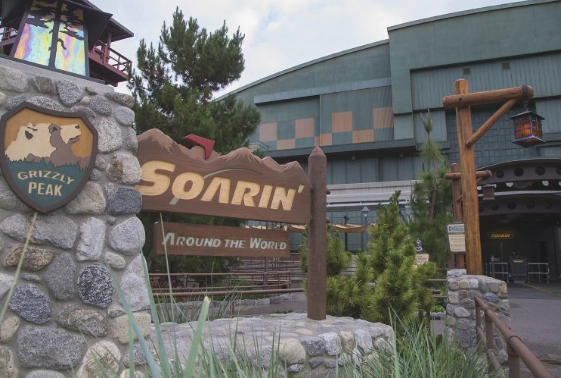

At the end of the DCA segment, The Imagineering Story plays a painfully awkward promotional clip of Mickey Mouse and Michael Eisner entering the park.
Without missing a beat, the next quote comes from Disney Legend John Hench. When asked for his opinion of Disney California Adventure, Hench viciously quipped, “I preferred the old parking lot.”
So, yeah.
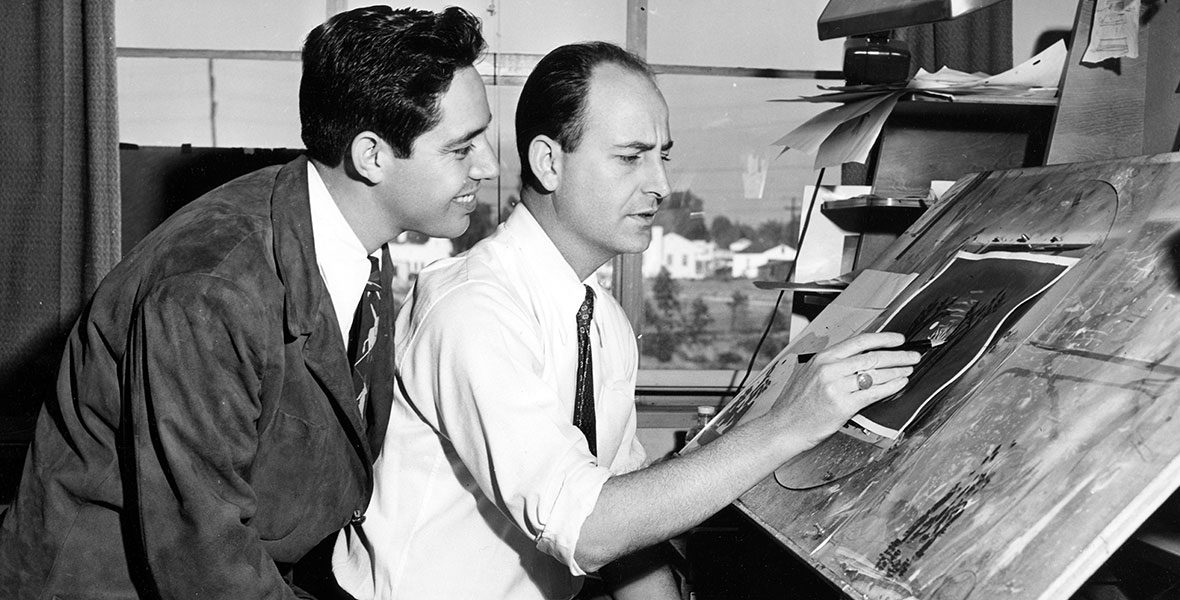
“The Future of WDI”
Pressler’s tenure as leader of the Parks division lasted just two years. The damage that he caused during his tenure extended well beyond that. While The Imagineering Story absolves Eisner of too much of the blame, in my opinion, Pressler seemed to seal his fate with one particular quote during a conference.
When asked about the future of WDI, the Imagineering team, Pressler delivered an unsettling quote. “There is an expectation that we will be investing less in new stuff, at least, uh, making sure that we are not drawing upon the company’s cash but beginning to return some of the cash. So, that will be the reality and an expectation for us as we move forward over the next five years.”
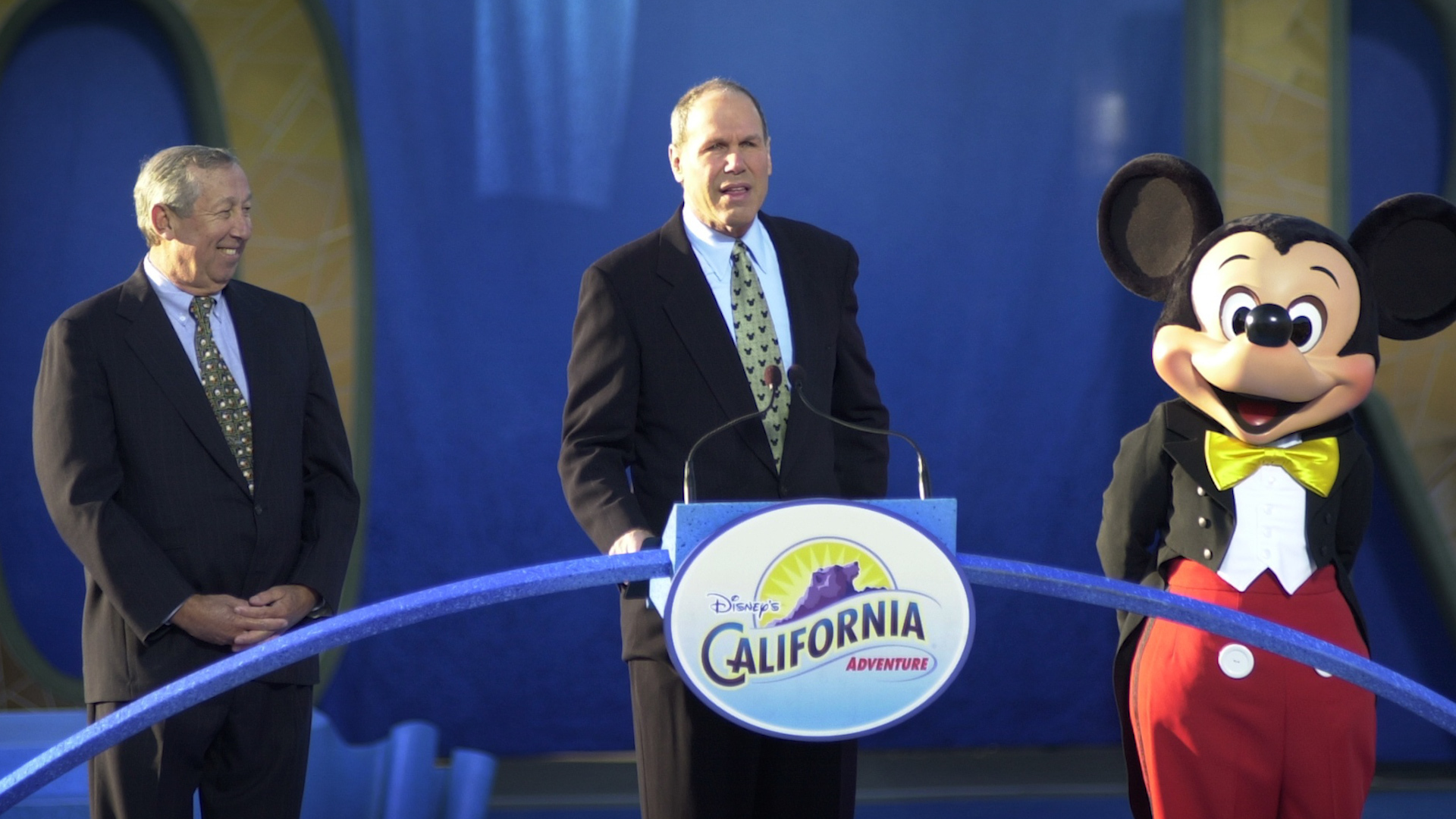

Ladies and gentlemen, I present you with a person who had no business being involved with Disney theme parks in any way. It speaks volumes about the post-Wells era at Disney that Pressler somehow wound up in charge of all Disney theme parks.
Speaking of which, the episode glosses over the abomination that was Walt Disney Studios Park at Disneyland Paris. In its earliest iteration, this gate only had one purpose: preventing Disney from losing land rights to the property.
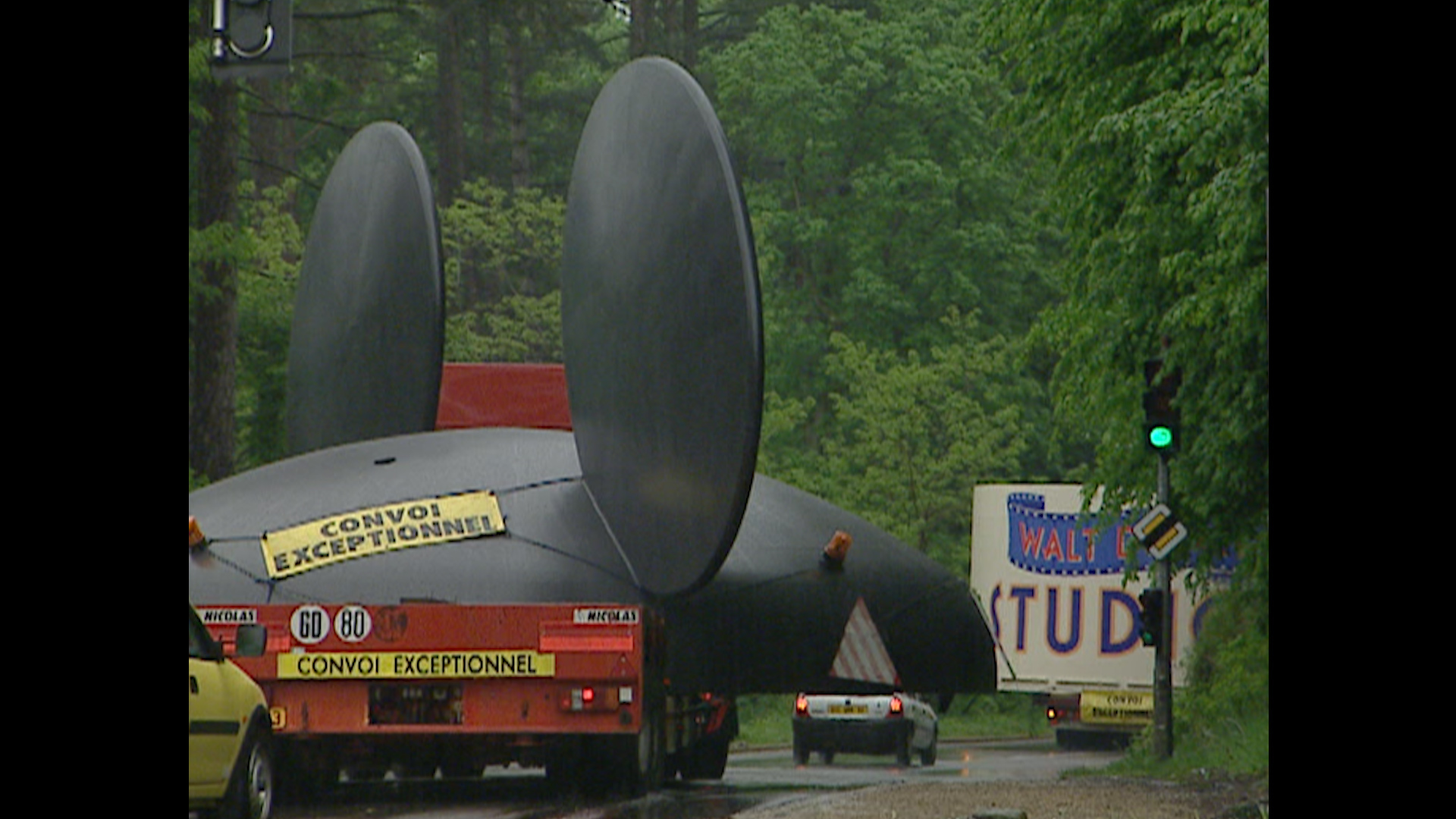

Then, The Imagineering Story explores the final blemish on Eisner’s regime. The development of Hong Kong Disneyland understandably excited Disney officials. And Wing Chao explains how the company constructed a theme park at a spot that had been underwater. Anyone unfamiliar with that story will want to do a lot of googling after watching the episode.
Still, I think anyone with even a cursory familiarity with the park’s earliest days knows the truth. Disney cut corners too much and obsessed on kiddie attractions rather than adult ones. Opening day guests famously left after lunch, as they found too little to entertain them for a full day.
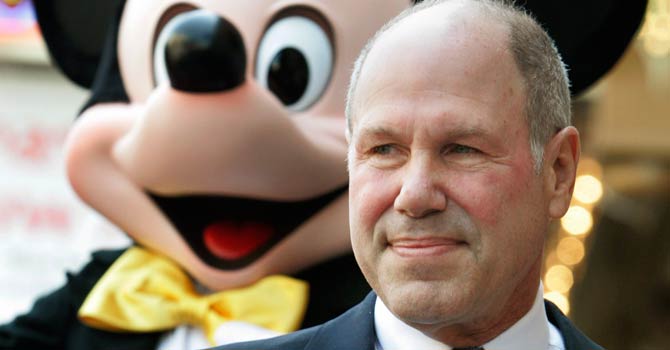

To its credit, the documentary treats the subject matter fairly, something I’d wondered in advance of the project. The Imagineering Story’s fourth episode absolutely eviscerates all involved. It takes Disney executives to task for the many inexplicable failures of the Disney Decade and the years that followed the death of Wells. In a way, it’s the most essential of the six episodes, as it proves the point espoused in the episode. Failures are requisite for later successes.


